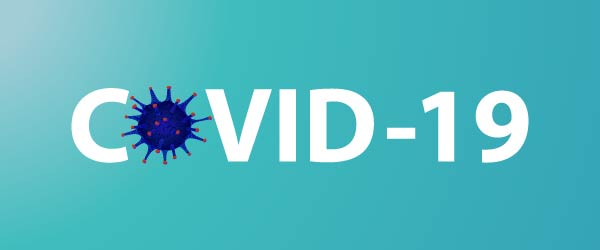March 30, 2020
By Mark Opara, John Vering, and John Neyens

On March 29, 2020, the U.S. Department of Labor (DOL) published new guidance establishing broad exceptions for certain employers from the new Families First Coronavirus Response Act (herein Act).
Under the Act, the Secretary of the DOL was authorized to issue regulations for good cause to exempt small businesses with fewer than 50 employees from the requirements of the new expanded FMLA, and from a component of the new emergency paid sick leave law. The Act also authorized the Secretary of the DOL to expand the definition “health care provider” for purposes of excluding such employees from the benefits under the law.
SMALL BUSINESS EXEMPTION
The DOL published guidance exempting employers with fewer than 50 employees from the requirements of expanded FMLA and emergency paid sick leave, but only with respect to paid sick leave taken for school closure or unavailability of a child care provider, if providing the benefits would jeopardize the viability of the small business as a going concern.
An employer with less than 50 employees may claim this exemption if an authorized officer of the business has determined that: (1) provision of expanded FMLA would result in the small business’s expenses and financial obligations exceeding available business revenues and cause the small business to cease operating at a minimal capacity; (2) the absence of the employee or employees requesting expanded FMLA would entail a substantial risk to the financial health or operational capabilities of the business because of their specialized skills, knowledge of the business, or responsibilities; or (3) there are not sufficient workers who are able, willing, and qualified, and who will be available at the time and place needed, to perform the labor or services provided by the employee or employees requesting expanded FMLA, and these labor or services are needed for the business to operate at a minimal capacity.
Employers seeking to take advantage of this small business exemption have been directed to document why their business with fewer than 50 employees meets the criteria set forth by the DOL listed above. Employers have been directed not to submit any such documentation to the DOL when seeking the exemption, which implies that employers may be able to self-determine the applicability of the exemption to their business. However, employers claiming the exemption should prepare documentation, signed by an authorized officer, substantiating one of the three conditions described above, and should assume the DOL will have the opportunity to examine the documentation at some point.
HEALTH CARE PROVIDERS
The Act already permitted employers of “health care providers” and emergency first responders to elect to exclude such workers from the expanded FMLA and new emergency paid sick leave benefits. The term “health care provider” was defined under the Act by using the traditional FMLA definition which has traditionally been limited to physicians, podiatrists, dentists, clinical psychologists, optometrists, chiropractors, nurse practitioners, nurse midwives, clinical social workers and physician assistants, among a few other providers. Notably, registered nurses, licensed practical nurses, and respiratory therapists and other integral providers were not included.
The DOL expanded the definition to include any employees (e.g., administrative staff, custodial staff, cafeteria workers) — not just employees providing clinical services:
“[A] health care provider is anyone employed at any doctor’s office, hospital, health care center, clinic, post-secondary educational institution offering health care instruction, medical school, local health department or agency, nursing facility, retirement facility, nursing home, home health care provider, any facility that performs laboratory or medical testing, pharmacy, or any similar institution, employer, or entity. This includes any permanent or temporary institution, facility, location, or site where medical services are provided that are similar to such institutions.
This definition includes any individual employed by an entity that contracts with any of the above institutions, employers, or entities institutions to provide services or to maintain the operation of the facility. This also includes anyone employed by any entity that provides medical services, produces medical products, or is otherwise involved in the making of COVID-19 related medical equipment, tests, drugs, vaccines, diagnostic vehicles, or treatments. This also includes any individual that the highest official of a state or territory, including the District of Columbia, determines is a health care provider necessary for that state’s or territory’s or the District of Columbia’s response to COVID-19.”
MISCELLANEOUS
The DOL guidance also included clarifications on a number of other issues, including:
• Clarification on use of intermittent leave
• The “health care provider,” whose advice to self-quarantine due to concerns related to COVID-19 can be relied on as a qualifying reason for paid sick leave.
• Use of conventional FMLA in relation to expanded FMLA
The additional guidance can be found here.
This article is general in nature and does not constitute legal advice. Please note that the Families First Coronavirus Act presents many novel legal questions, and we encourage you to seek legal advice for the application of this and related laws to your specific situation and please note that legal requirements are changing on a daily basis. Readers with legal questions should consult the authors, (JVering@sb-kc.com), Mark Opara (MOpara@sb-kc.com), John Neyens (johnn@sb-kc.com) or any other shareholders in Seigfreid Bingham’s Employment Law Group, including: Brenda Hamilton, Shannon Johnson, or your regular contact at Seigfreid Bingham at 816-421-4460. For more information and updates, visit our COVID-19 Resources page.
